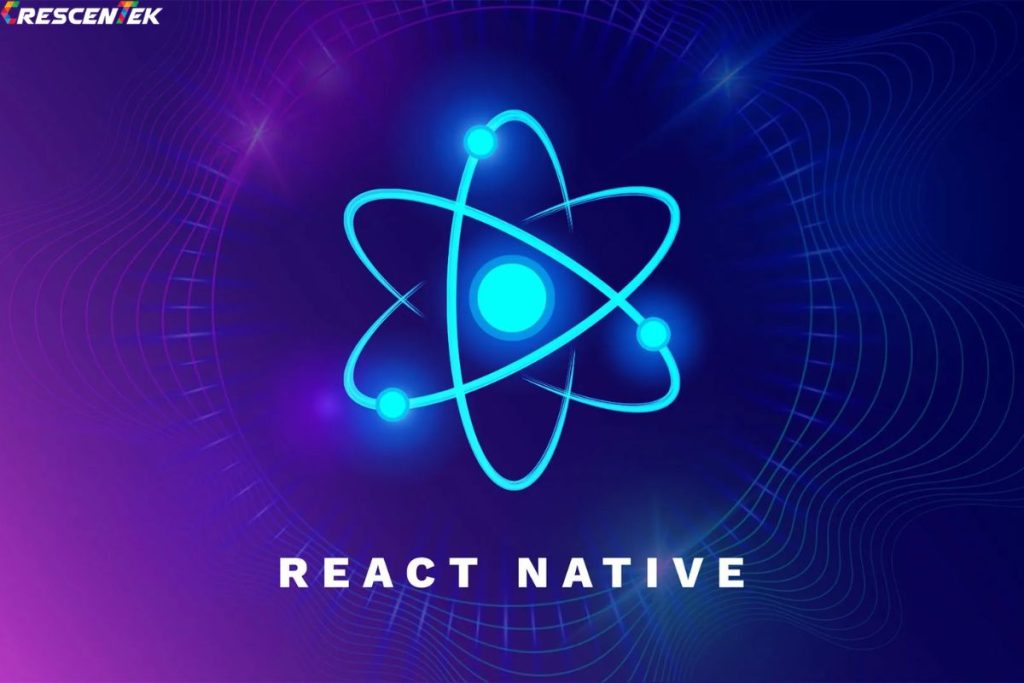- Posted On: 11 May 2023
- Posted By: Crescentek
12 Sept 2014
Businesses are now looking for cost-effective and efficient ways to create high-quality mobile applications. These applications support users across various platforms in today’s quickly expanding digital ecosystem. As a popular option, cross-platform app development enables developers to create and distribute programmes for iOS, Android, and the web using a single codebase. Flutter and React Native stand out as two of the most popular and widely-used cross-platform development frameworks available.
This in-depth analysis of Flutter and React Native aims to provide you with a better understanding of the main advantages and disadvantages of each framework. This will help you decide which one best meets the needs of your particular project.
Google developed Flutter, an open-source framework for creating natively built desktop, web, and mobile applications from a single codebase. Flutter was introduced in 2017, and since then, it has grown in popularity because of its expressive and adaptable UI capabilities, rapid development cycles, and powerful performance.
Flutter, written in the Dart programming language, employs a novel design philosophy known as “Everything is a Widget,” which enables programmers to create extremely adaptable and responsive user interfaces (UIs) by integrating a number of pre-built and bespoke widgets. Flutter has emerged as a top option for many developers and companies looking for effective cross-platform app development because of its burgeoning community, abundant documentation, and official support from Google.

React Native is a free and open-source framework created by Facebook for developing cross-platform mobile applications. React Native, which was introduced in 2015, immediately gained popularity because of its great performance, ability to make use of already-existing web development abilities, and “Learn Once, Write Anywhere” guiding principle.
With React Native, developers can create genuinely native apps with a shared codebase for both the iOS and Android platforms by using native components rather than web components. The framework has a sizable user base, substantial documentation, and is used by a lot of well-known businesses. The extensive use of JavaScript and the familiarity with React contribute to its popularity among developers and make it an appealing option for cross-platform app development.

When selecting a cross-platform framework, performance is an important factor to take into account because it directly affects the user experience and overall quality of the project. Both Flutter and React Native offer high performance. However, they use different approaches, which may have an impact on the final product depending on the needs of your project.
The Dart programming language, which is translated into native machine code, is used by Flutter. High-performance applications with fluid animations and transitions are its outcome. Furthermore, Flutter’s original method of utilising the graphics engine Skia for rendering enables it to consistently deliver 60 FPS (frames per second) across platforms. This guarantees a responsive and smooth user experience that is frequently on par with native apps.
On the other hand, React Native uses JavaScript to create cross-platform applications. Because JavaScript is an interpreted language, performance may be a little bit slower than with native code. However, React Native uses the JavaScript Bridge to interact with native components, producing a better-than-native user experience. Although React Native’s performance is usually regarded as good, in some situations—especially those involving sophisticated animations or large datasets—it might fall short of Flutter’s speed.
It’s crucial to remember that for the majority of scenarios, the performance difference between Flutter and React Native may not be noticeable. However, because of its native compilation and effective rendering capabilities, Flutter may be the best option for applications with high-performance demands or where smooth animations are crucial.
Mobile app development is a very enjoyable and rewarding experience, but only when you know your tech stack well. Seek professional help when deciding which option is best for you, on par with market trends and future-centric solutions. Consulting a professional doesn’t mean that you must hire them, but when you are looking to hire a Flutter developer or React Native developer, you must have a winning plan, where your cost and time are put into the right resources.